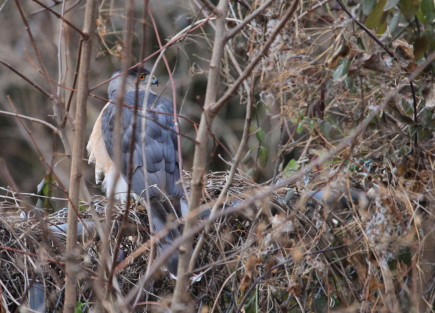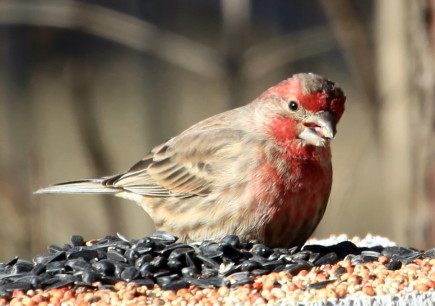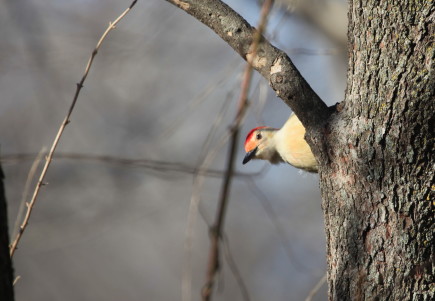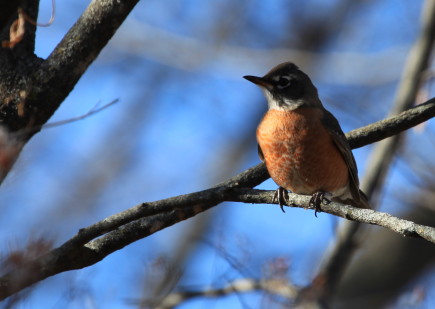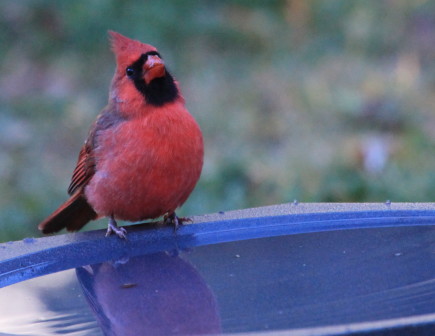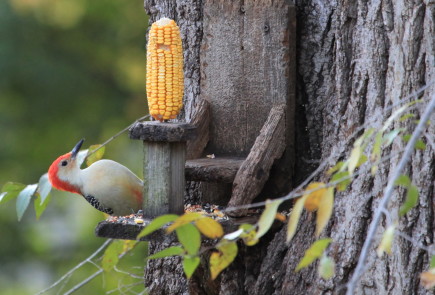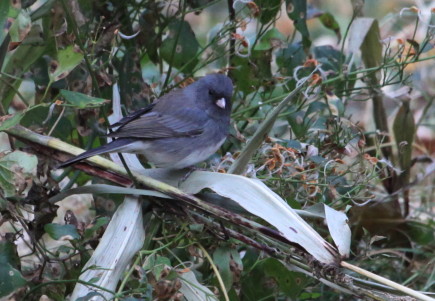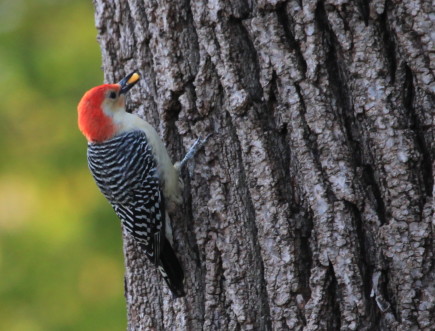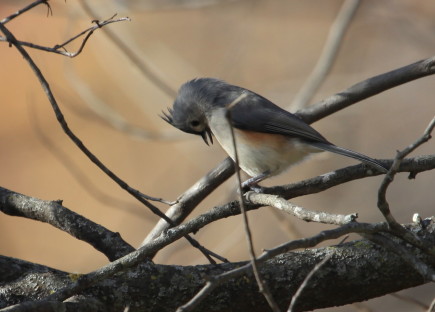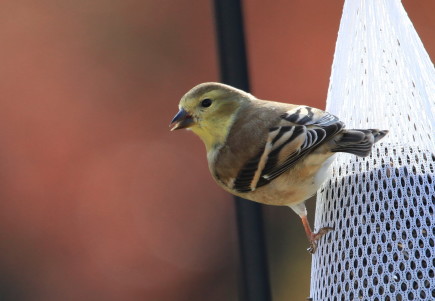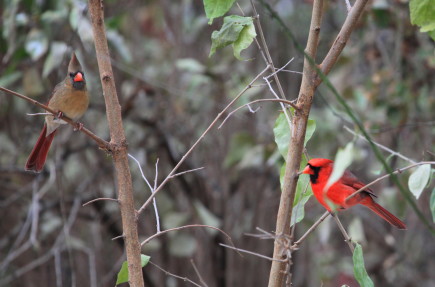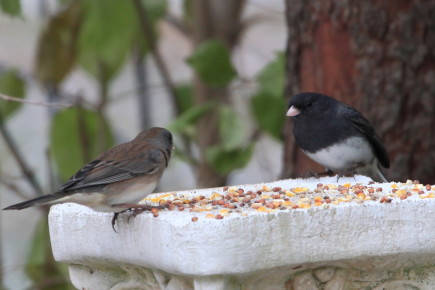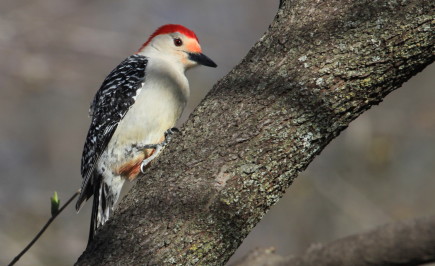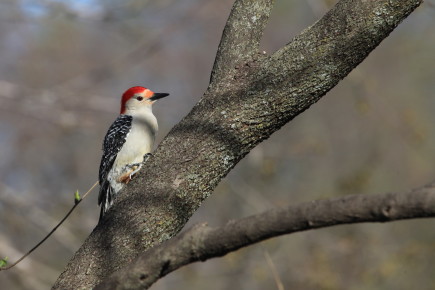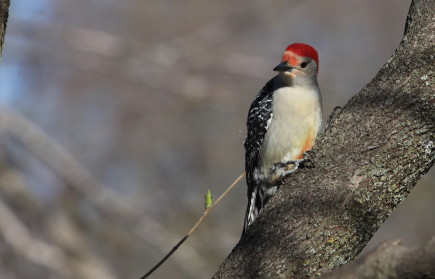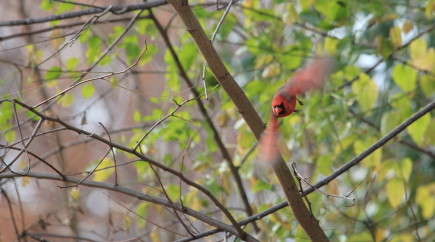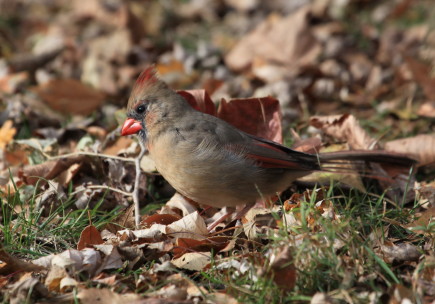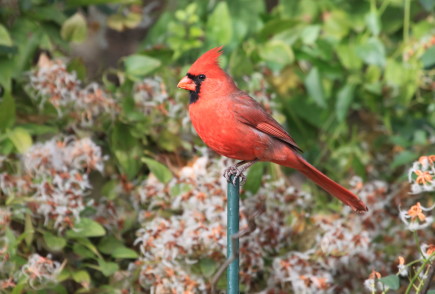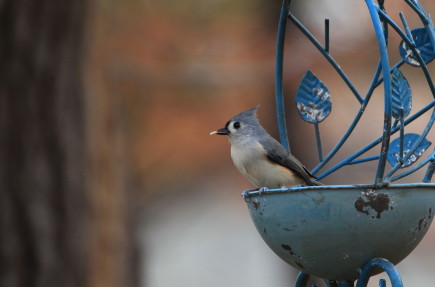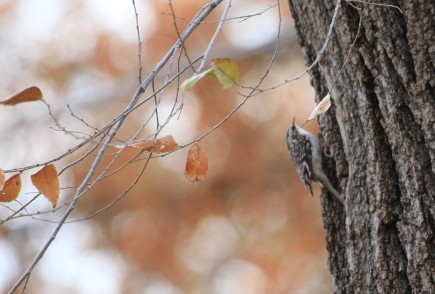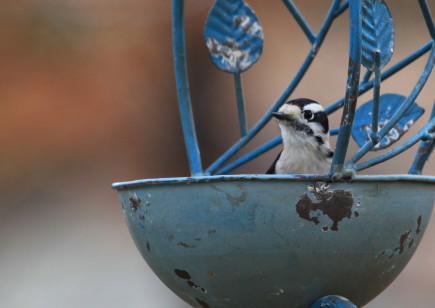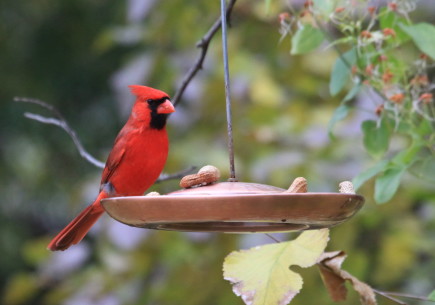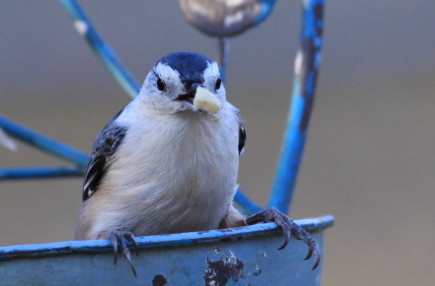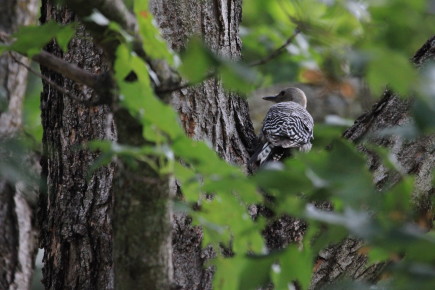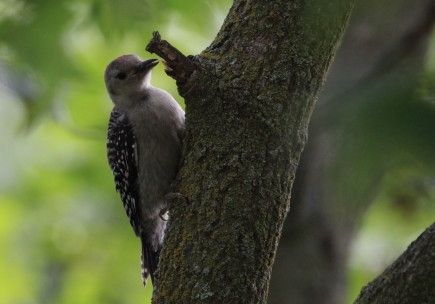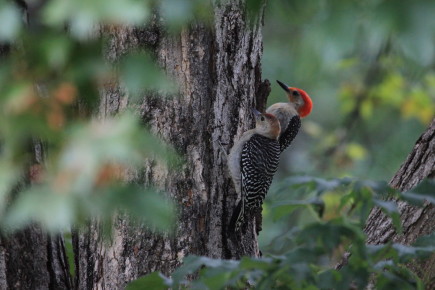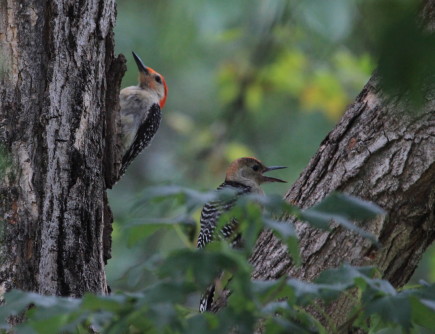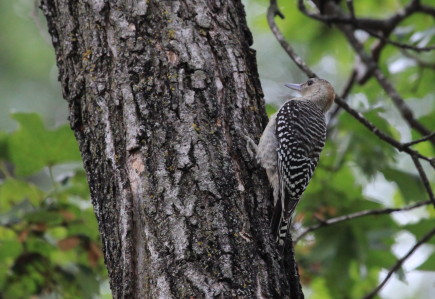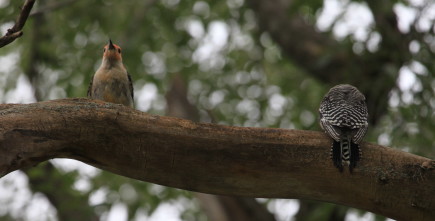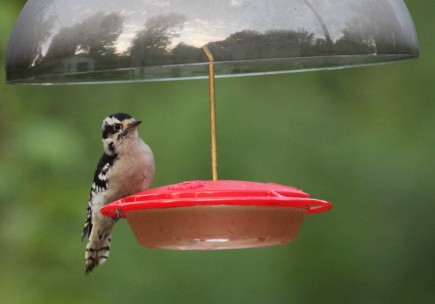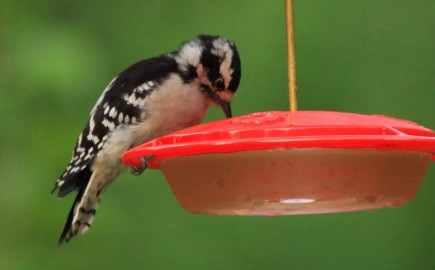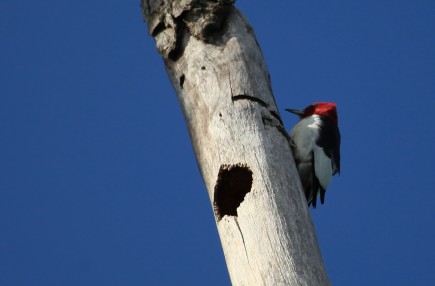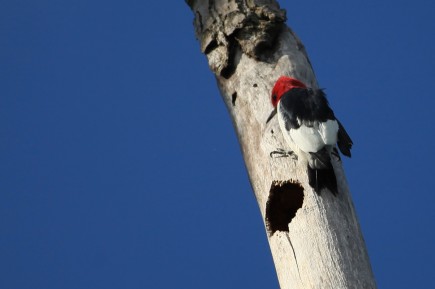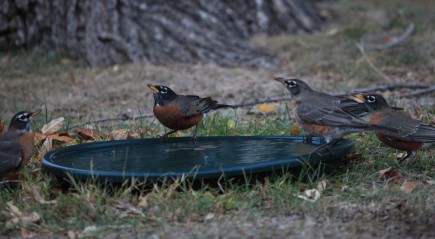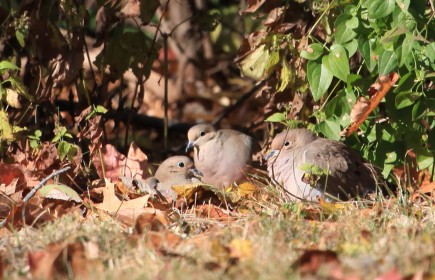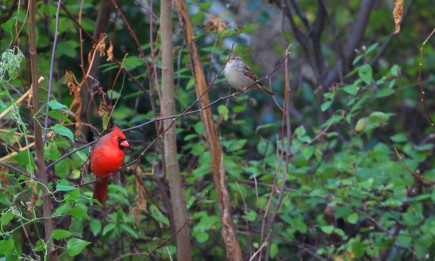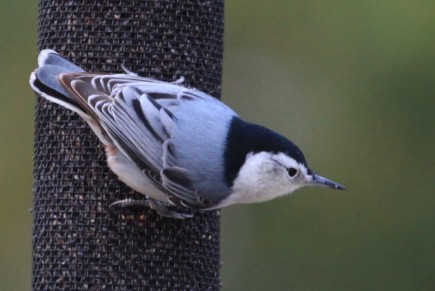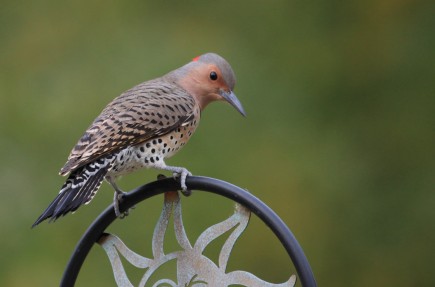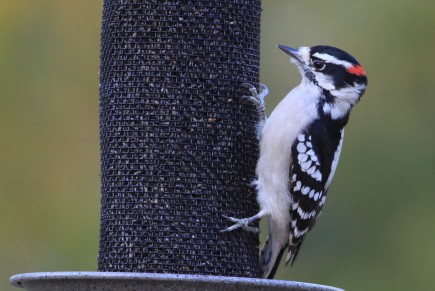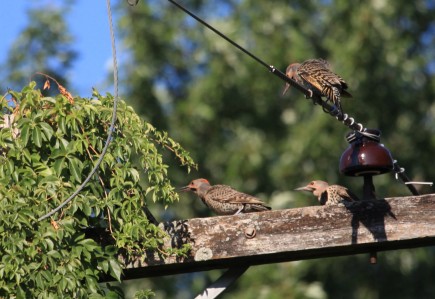Click on pictures to enlarge.
Category Archives: woodpeckers
A few fall yard birds
The year-round residents are getting into their winter groups and the winter residents like the juncos are here in abundance. Generally, at this time of year, I would be at the Wakarusa Wetlands four or more mornings a week. I know I am one of many deeply grieving this loss. I hope that those of us who are doing more feeding, putting up more cover, winter roosting boxes, and brush piles, can offset some of the habitat loss these birds are experiencing. Support the work the Haskell Students are doing here: https://www.facebook.com/wetlandspreservationorganization Click on pictures to enlarge.
Red-bellied beauty
We see red-bellied woodpeckers every day at our feeders. I get so used to seeing them, that I forget what a privilege that is and just how beautiful they are. Click on pictures to enlarge.
A morning of cardinals
I love the big groups of cardinals at this time of year. With many predators visiting our yard over the last few weeks, I am not seeing the big numbers of small birds that we usually see. For instance, I haven’t seen many mourning doves since I discovered three piles of mourning dove feathers in the yard over several days. I would stay away from this yard, too! What I can always count on are the big groups of cardinals that visit the feeders and water at dawn and dusk. A few nights ago, I counted eighteen at the feeders. Today, I was raking leaves and I guess a human being out there keeping the predators away made them feel a little safer. More cardinals, more chickadees, more titmice, and even a brown creeper. I do hope the mourning doves come back soon. Click on pictures to enlarge.
Red-bellied kids
I saw a red-bellied woodpecker this morning showing his kids where all the good food is. First, they went to the feeder in front of our house, then to the one in the back. The last stop was at the tree where I leave corn and peanuts for the squirrels. The young ones blend in so well since they do not have any red on their heads yet. I almost didn’t see them. It’s great that they can so easily go unnoticed with so many threats around. Click on pictures to enlarge.
Downy and hummingbird nectar
The first time I saw this, I though it was really strange, then I Googled it. Apparently, downy woodpeckers are quite fond of hummingbird nectar. Who knew! Click on pictures to enlarge.
Threatened red-headed woodpecker
I saw a red-headed woodpecker at the Wakarusa Wetlands yesterday. As I watched, I realized I had never seen one there before. I know birders report seeing them every once in a while, but the only one I have ever seen was at Clinton. Of course, my next thought was those in favor of the SLT care little about how rare this is. They do not care that the red-headed woodpecker populations are in decline. The official status is “near threatened.” As I watched him dancing around the cavity in this old tree, I wondered how the treeless “mitigation area” would solve his problem of a lack of real estate. It will not. Raise and/or widen 23rd street. Close 31st street between Haskell and Louisiana. Keep the people with the people, the sacred space sacred, and the wild spaces wild. Click on pictures to enlarge.
Yellow-bellied sapsucker and other backyard visitors
Now that we have the feeders up, our list of backyard visitors is incredible. Click on pictures to enlarge.
Flicker family
We’ve had a family of northern flickers visiting the yard lately. Since we seem to have plenty of ants these days, I imagine that is one of the reasons. 🙂 They are just so cute with their stripes and polka dots. Click on pictures to enlarge.
Blizzard coming
Everyone was bulking up today in preparation for the big storm moving in tonight. Burrrrr! My thoughts are with everyone. Click on link below for short video.

